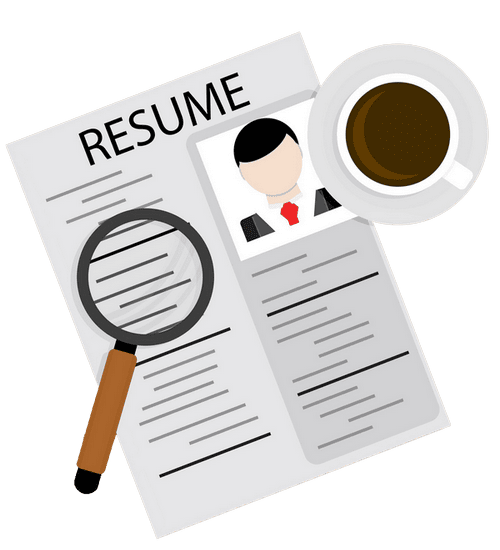resume tips, resume writing tips, tailored resume, what recruiters look for in a resume
Discover what recruiters actually look for in resumes. Learn the must-do tips and insider secrets that get your resume noticed and land you more interviews.
These days, it is no surprise if you receive a rejection email within 24 hours of applying for a job—even when your skills and experience align perfectly. You might wonder if you are doing something wrong. More often than not, it is not your skills but your resume that’s the problem.
The reason is simple: Recruiters only spend about 30 seconds reviewing resumes, assuming it even passes ATS screening in the first place. Did you know 75% of resumes—even from qualified candidates—never reach an actual recruiter?
If you have been struggling to get shortlisted, you need to optimize your resume for both ATS and actual recruiters. The key is to:
In this blog, we’ll break down the resume writing tips that increase the odds of success:

Understanding What Recruiters Look for in a Resume
To increase your chances of securing an interview, you need a two-pronged strategy: passing ATS verification and standing out to a recruiter. Research shows that recruiters receive an average of 250 resumes per opening —your window of opportunity to make a positive impression is very small.
Here are the key aspects recruiters typically consider when screening your resume:
Resume Do’s and Don’ts
To optimize your resume for both ATS and recruiters, follow these dos and don’ts:
Dos
Don’ts
Tips for Writing a Tailored Resume that Closely Fits the Job Description
With the rise of AI, a generic resume does not stand a chance in today’s market. Here are a few best practices for customizing your resume.
Resume Writing Tips for Better Results
Research shows that many candidates include irrelevant information in their resumes, fail to mention skills relevant to the job, or place them in the wrong order. Recruiters barely spend a few seconds scanning your resume, so be sure to:
Streamline Your Job Search with GroYouth
Searching for a job is filled with uncertainties and rejections. It’s not because you lack the skills but because you don’t have a clear strategy for identifying the right job. GroYouth leverages the power of AI to align your preferences and career aspirations with job openings from top employers across India. Through rigorous skills assessments, we connect you with the best opportunities, faster than traditional job boards.
Whether you are a fresher or an experienced professional, GroYouth provides interview prep, resume optimization, and career counselling services to empower you to dream big.

Insider Resume Tips that Give You the Edge
A well-crafted resume provides an overview of your skills and experience. However, some supporting elements make it more impactful:


